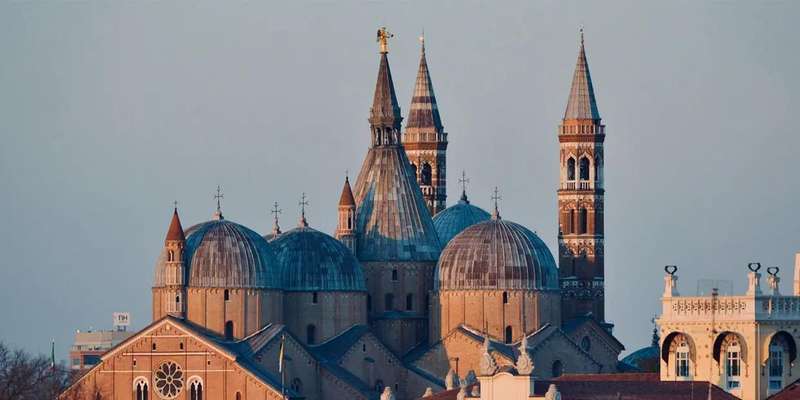- Home
- Useful Tips
- Avoiding midday heat when...
Padua's UNESCO-listed piazzas and medieval gardens lose their charm when scorching temperatures hit 35°C (95°F) – a reality for 78% of summer visitors according to Veneto tourism data. Overheated travelers often cut visits short, missing masterpieces like Giotto's frescoes or the tranquil Prato della Valle. The dilemma? Most guidebooks recommend midday exploration when crowds thin, unaware that marble surfaces radiate unbearable heat and shade becomes a precious commodity. Locals know better, following centuries-old rhythms of enjoying cultural treasures without wilting in the process. This isn't about skipping attractions, but experiencing them as Paduans do – with strategic timing and hidden oases most tourists walk right past.


Why Padua's architecture amplifies summer heat
The very features that make Padua's historic center breathtaking – expansive travertine piazzas, towering brick basilicas, and stone-clad palaces – create an urban heat island effect. Solar radiation gets trapped between narrow alleys, with temperatures spiking 5-7°C higher than surrounding green spaces. At the Scrovegni Chapel, morning visitors enjoy 21°C comfort inside while afternoon groups bake in reflected heat from the surrounding stone. Even the Botanical Garden, Europe's oldest academic garden, has microclimates – the 16th-century hothouses become stifling by noon while the arboretum's ancient ginkgo trees offer dappled shade. Understanding these thermal variations means you can admire Mantegna's frescoes without becoming part of the martyrdom scenes.
The golden hours for Padua's outdoor wonders
Padovani follow an unspoken 'shadow clock' for cultural visits. From June to September, 7:30-10:30 AM reveals the city at its most magical – soft light illuminates the Baptistery's golden mosaics while café tables still have shade. This is when locals visit the Palazzo della Ragione's soaring hall, before heat rises through its stone floor. A second window opens after 5 PM when the 13th-century walls of Café Pedrocchi radiate stored warmth but the surrounding arcades offer breeze channels. Pro tip: The University's Anatomical Theatre stays a constant 18°C year-round, making it a perfect midday refuge. Those who adapt to this rhythm gain empty photo ops at the Astronomical Clock and first pick at artisan gelaterias before the lunch rush.
Four underrated cool zones tourists miss
Beyond timing, Padua hides naturally cool sanctuaries even in peak heat. The Specola's 18th-century observatory tower channels breezes through its spiral staircase, offering panoramic views from a shaded belvedere. Few know the Diocesan Museum's cloister stays 10°C cooler than Piazza Duomo just meters away, thanks to its artesian well. For families, the hidden gem is Parco Treves with century-old sequoias shading a duck pond – locals bring books to read on iron benches that stay cool to the touch. The most ingenious escape? Padua's network of porticoed streets like Via San Francesco, where 800 meters of continuous arcades lead you from the market to the Basilica in refreshing shade. These routes double as open-air museums, lined with medieval crests most hurried visitors never notice.
Hydration like a local – beyond tourist traps
Padua's historic center has 32 natural springs with potable water, yet most tourists queue for overpriced bottles. The 16th-century 'Acqua del Sindaco' fountains near the University provide mineral-rich water at perfect cellar temperature (14°C). Smart visitors carry foldable cups to refill at ornate spouts like the Via Dante lion's head fountain. For proper breaks, seek out 'ombre' (wine bars) serving Veneto whites in temperature-controlled cantinas – try Enoteca dei Tadi where 13th-century walls keep prosecco chilled without electricity. The ultimate secret? Padovani swear by sgroppino – a frothy lemon sorbet-prosecco blend served at Caffè Cavour that cools you twice: first going down, then via the alcohol's vasodilation effect. It's the civilized alternative to sweating through another cathedral queue.



